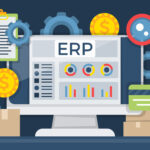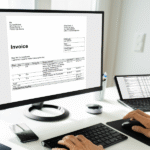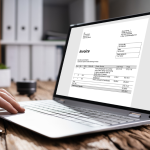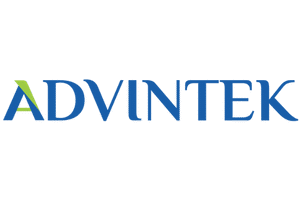Challenge:
Our client needed to comply with the Inland Revenue Board of Malaysia eInvoice mandate, which requires real-time invoice validation and submission through the MyInvois platform. However, their complex operations relied on a legacy ERP system that lacked native eInvoicing capabilities. The client sought a seamless way to automate invoice submission while maintaining business continuity, minimizing manual intervention, and ensuring zero disruption to billing operations.
Solution:
We implemented a robust eInvoice solution that integrated directly with the client’s existing ERP and billing systems through secure APIs. This setup allowed real-time invoice generation, validation, and submission to the LHDN without altering their current workflows.
The solution enabled our client to:
- Automate eInvoice Submission:
Invoices generated within the ERP were instantly transformed into MyInvois-compliant eInvoices with all required fields (including tax IDs, invoice types, and digital signatures), eliminating manual formatting. - Integrate Seamlessly:
The solution was deployed with a lightweight middleware that connected the ERP, accounting modules, and billing systems with the LHDN endpoint via RESTful APIs, ensuring uninterrupted data exchange. - Ensure Real-Time Compliance:
All invoices were validated against government schema and business rules before submission. Any rejections from LHDN were flagged and reprocessed automatically, maintaining continuity and compliance. - Enhance Visibility:
A real-time dashboard was provided to monitor submission status, view rejection logs, and audit invoice activity, offering transparency across all departments.
Our Services
- ERP API Integration
- Middleware configuration and deployment
- Schema mapping and validation rule setup
- Real-time submission engine
- Audit and compliance dashboard
Key Outcomes
- Unwavering Compliance
The organization achieved full compliance with LHDN’s mandatory eInvoice regulation, avoiding penalties and future-proofed its operations for regional e-invoicing mandates. - Improved Efficiency
Invoice processing time was reduced by 85%, significantly lowering administrative effort and operational costs across departments. - Operational Continuity
The business maintained its ERP workflows without any major modifications, allowing billing, finance, and sales teams to operate as usual. - Audit-Ready Records
Every invoice interaction with the LHDN was logged with timestamps and error codes, ensuring the company remained audit-ready at all times.
Conclusion
This successful implementation of an API-based eInvoice solution highlights how organizations can modernize compliance processes without disrupting their core systems. Through seamless ERP integration, businesses can meet regulatory requirements, enhance accuracy, streamline operations, and future-proof their finance ecosystem. This case demonstrates the importance of strategic technology adoption in navigating tax digitization.









